They say, "Close only counts in horseshoes and hand grenades"; this is especially true in modern warfare where precision is everything -- hence the importance of proper calibration.
Deployable calibration facilities help save lives and support mission success by insuring quality during weapon and equipment maintenance. That's why the U.S. Marine Corps Systems Command is pleased that the final stage of their calibration facility reset began, March 1, at Aberdeen Proving Ground, Md.
MARCORSYSCOM is working with the U.S. Army Research, Development & Engineering Command Communications-Electronics Research, Development and Engineering Center to replace the existing 18-year-old design with a more user-friendly facility featuring state-of-the-art calibration equipment.
Calibration helps insure that measurements are accurate and traceable to the National Institute of Standards and Technology. Without mobile calibration facilities, missions would be delayed because essential equipment would have to be sent back to manufacturers in the United States.
"It's all about time, and that's why we exist," said Staff Sgt. Robert D. Tieman, Equipment Specialist, Marine Corps Systems Command, Marine Corps Logistics Base, Albany, Ga.
To ensure accurate design and accelerated delivery, CERDEC's Quick Reaction and Battle Command Support division employed its Pro-E and virtual prototyping capabilities so Marine users could view the design and provide feedback prior to fabrication.
"Pro-E and virtual prototyping are important to the reset process," said Edward Lye, chief, QR&BCS Battle Command Mechanical Design branch. "In times of conflict, engineers can quickly and easily redesign systems or insert new features to meet the users' needs."
The Pro-E Computer Aided Design tool is used for design, development, fabrication and integration of Command, Control, Communications, Computers, Intelligence, Surveillance and Reconnaissance (C4ISR) equipment and other mission-critical items into ground- and airborne-based platforms.
The 3-D design model created in Pro-E is used in the virtual prototyping lab so designers and customers can interact with the 3-D virtual prototype, checking form, fit and function. After the design has been approved, the 3-D image is translated into machine language and sent to the QR&BCS fabrication shops.
"Thanks to these capabilities, our Marine users were able to assess equipment location, rack layout and man-machine, interface requirements before the prototype was built," said James G. Leary, QR&BCS project lead. "We don't want to be in the embarrassing situation of having to say, 'Oops, it doesn't fit.'"
The first challenge was providing more workspace. To do so, QR&BCS added a fourth container/station to the design and incorporated an all-enclosed Deployable Rapid Assembly Shelter tent system, which allows for flexible rearrangement of stations. This new configuration is also more portable, able to be assembled or taken down in 15 minutes.
Within the containers, QR&BCS maximized space by installing adjustable, rack systems, sliding drawers, retractable countertops, swiveling brackets for flat-screen monitors, a cable management system that keeps cables from kinking and disconnecting and multiple patch panels with USB and LAN cable connections so users no longer have to take equipment out of the rack. Users simply plug the equipment they need to calibrate into the panel.
More importantly, Leary's team integrated new calibration equipment specified in requirements and conducted a thermal analysis in each container to determine the size of the overall power grid needed to power the facility.
"When you're talking about weapons systems, it becomes very critical that the measurements are correct because it could mean life or death to those Marines out there," said Master Sgt. Amy Pearson, Marine Corps Liaison, Naval Service Warfare Center, Corona, Calif. "There have been a lot of advancements in electrical equipment, and those advancements are now incorporated into our new facility. It has definitely brought us up technology-wise," Pearson said.
Since temperature is so critical to accurate calibration, Leary's team proposed additional features to provide needed controls.
"The temperature needs to be within plus- or minus-three degrees when calibrating," he said. "The older design just has a dial that makes it hotter or colder; it's not really tied into temperature at all. So we installed an environmental control unit in each container to provide automatic temperature control."
LED lighting was also proposed because it gives off less heat and no electro-magnetic interference, which can be read by the enemy. Moreover, each container is EMI protected: doorways have metal grids, entry panels for cables have filters, and patch panels have EMI seals as well.
"We started from scratch, and the system we produced has no resemblance whatsoever to the system that's currently fielded," Leary said.
After conducting a limited user evaluation Nov. 3-7, 2008, to see if the system was operationally effective, Marine evaluators approved the prototype, calling it a "definite improvement."
"Compared to the other calibration facilities I've worked in, this is top-of-the-line and has a lot of great improvements that are definitely going to help us in the long run. The setup is better: we've got a lot of people having to work in a small area, and this facilitates that," said Cpl. Billy Harrell, calibration technician with the 1st Maintenance Battalion, Combat Logistics Regiment 15, Camp Pendleton, Calif.
"It's a much easier, contained space to work in," said Cpl. Tyler Mckeen, calibration technician, Combat Logistics Company 35, Combat Logistics Regiment 35, Marine Corps Base Hawaii. "This allows us to be deployable and do our job."
Additional feedback was provided to QR&BCS for final modifications to the system prior to its scheduled shipping to Albany, Ga. by the beginning of March 2009. Once there, all the equipment within the containers will be recalibrated prior to the final user evaluation, which is proposed for May, at Camp Pendleton, Calif.
James Durham, program manager, test measurement diagnostic equipment, Marine Corps System Command, said he is pleased with QR&BCS support of the facility reset.
"[Reset] is like an onion with layers; this is a very complex system with many requirements. Being a prototype, it has had some challenges that they've had to react to with great deliberation, but they've been innovative and quick to respond to every demand we've requested," he said. "QR&BCS has provided us with accurate information so we can make the best decisions for our product."
The calibration facility is the latest in a series of projects QR&BCS has successfully delivered to MARCORSYSCOM, the most notable being the Tactical Imagery Production System. TIPS provided tactical printing, reproduction, photographic and video-graphic capabilities for the Marine Expeditionary Forces in support of Psychological Operations and Intelligence and Information Operations.
"CERDEC has always been very good to work with," said Pearson. "They're very responsive to any needs we have. Any time an issue arose, they were right on it trying to help us figure out what solution would be best. I can't complain at all about the service they've given us; it's been outstanding."
"Whether it's a Soldier or a Marine, we take pride in supporting the Warfighter. And we're committed to maintaining this mission as we transition our work to APG," said Joseph Ryan, QR&BCS division chief.
Integration for the second calibration facility began January 2009, at Fort Monmouth, N.J. while third system began March 1 in the new QR&BCS facilities at APG. The final user evaluation is scheduled to begin in July and conclude in September 2009.
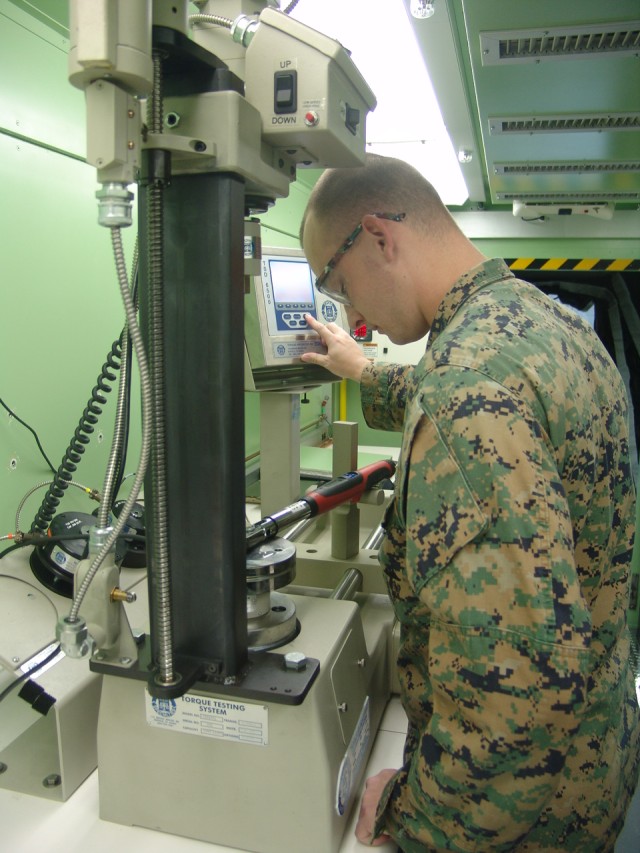
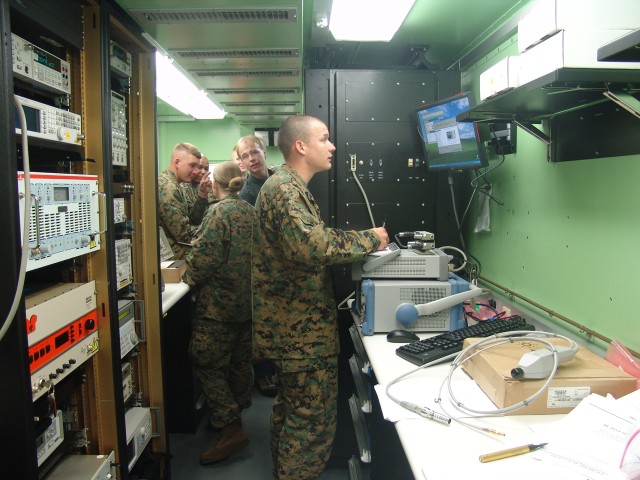
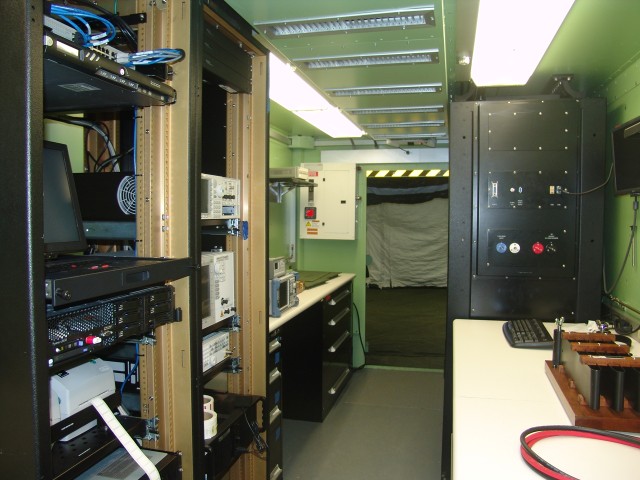
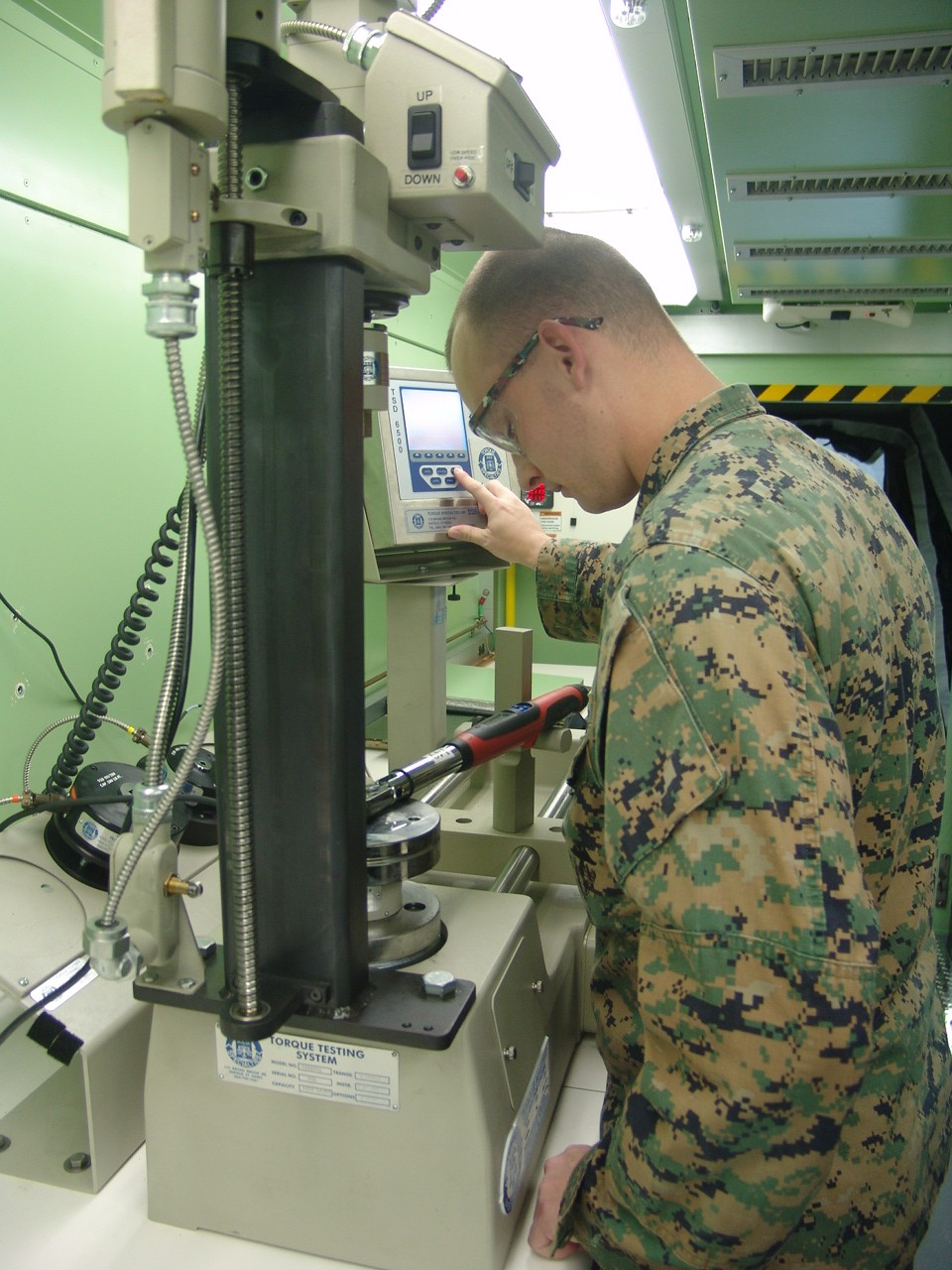

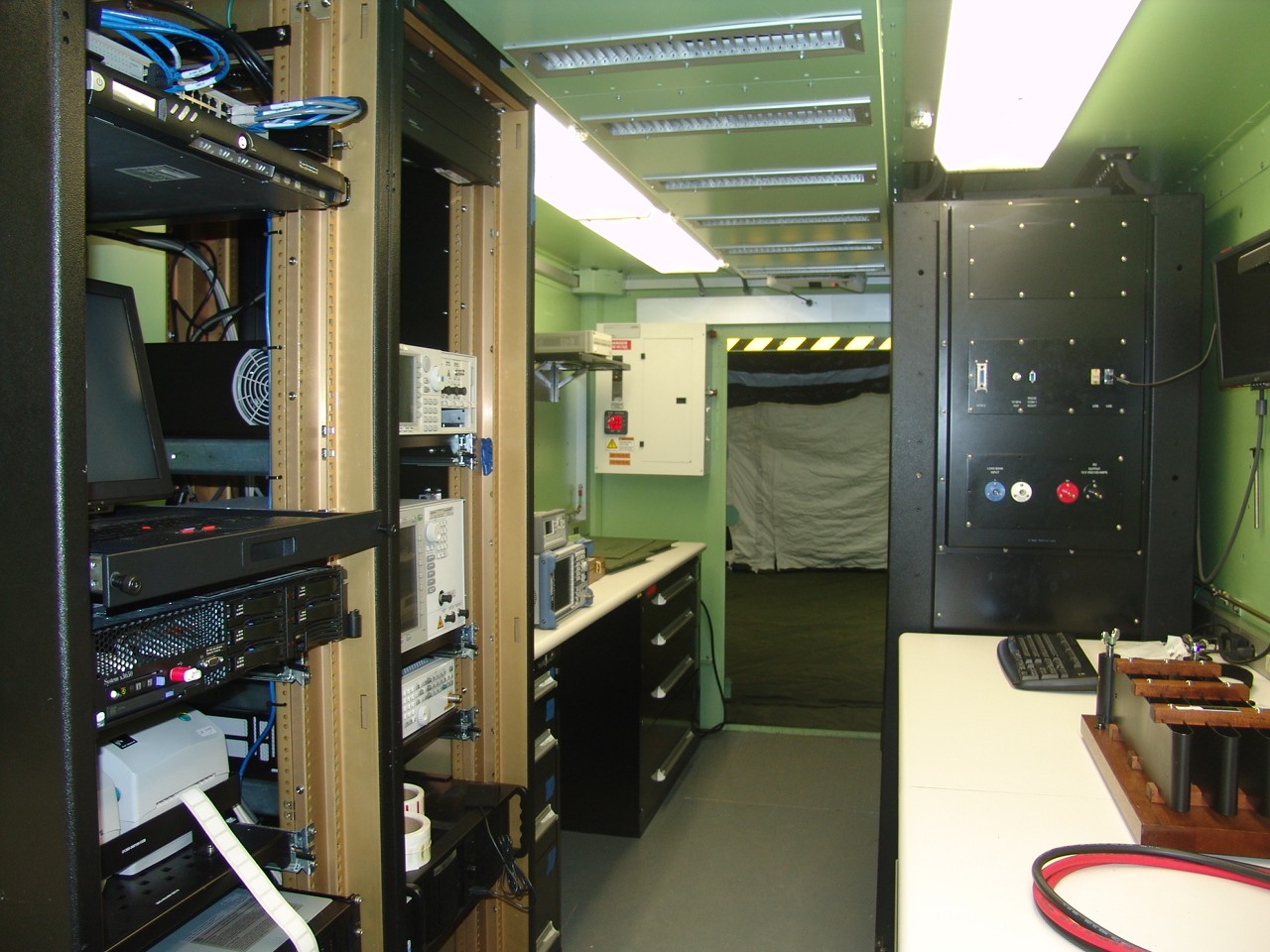
Social Sharing